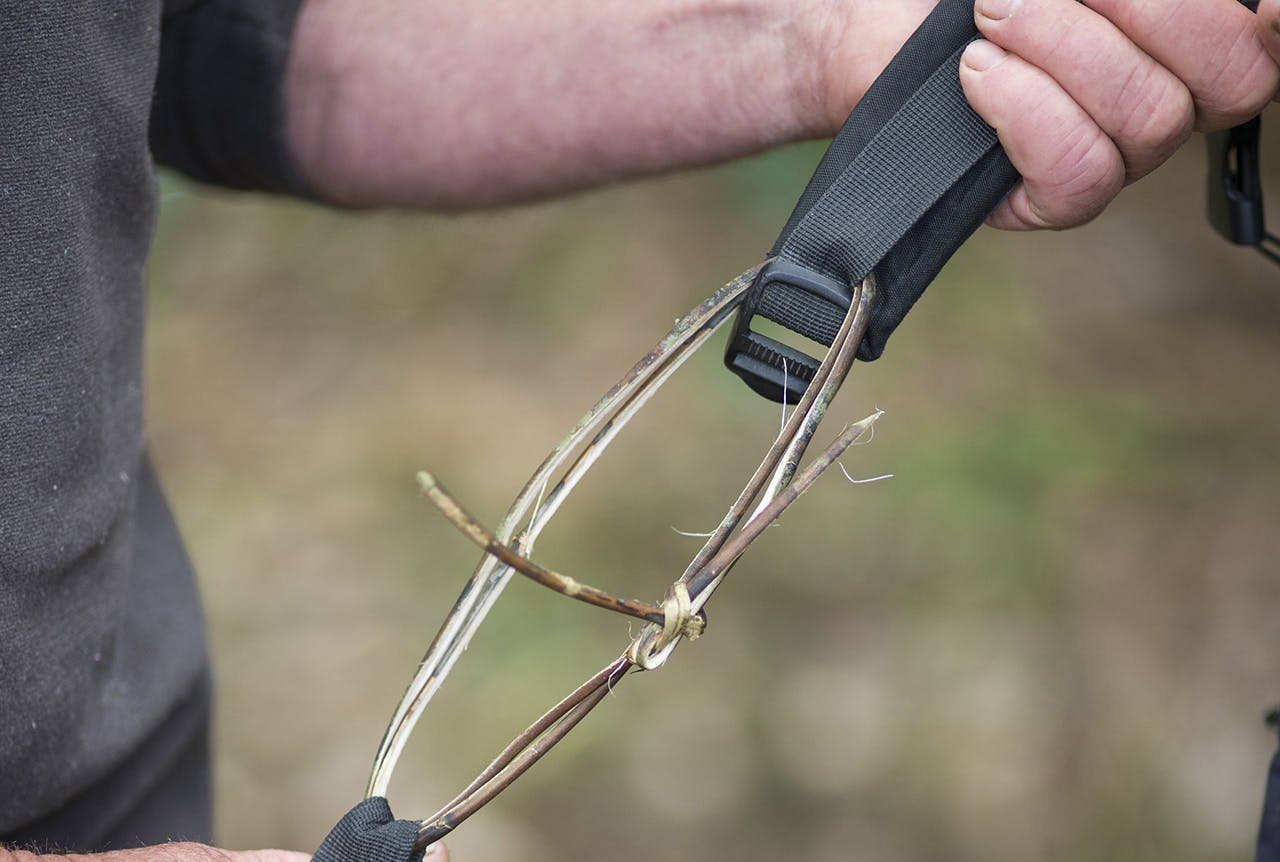What do you do if your pack strap breaks while on the trail and you can’t nip to the shop to grab rope or tape (or a new pack)?
Luckily there are plenty of natural resources to help out. The obvious go-to plants would be flax and cabbage trees which are, fortunately, common throughout the country.
But there are many other plants and trees that are widespread in the backcountry and useful if you know what you’re doing.
Survival expert Ian Barnes, of CuttingEdgeBushcraft.co.nz demonstrates how to use two such plants.
Supplejack
Found in lowland forest, it splits easily which improves its flexibility and ease of knot-tying.
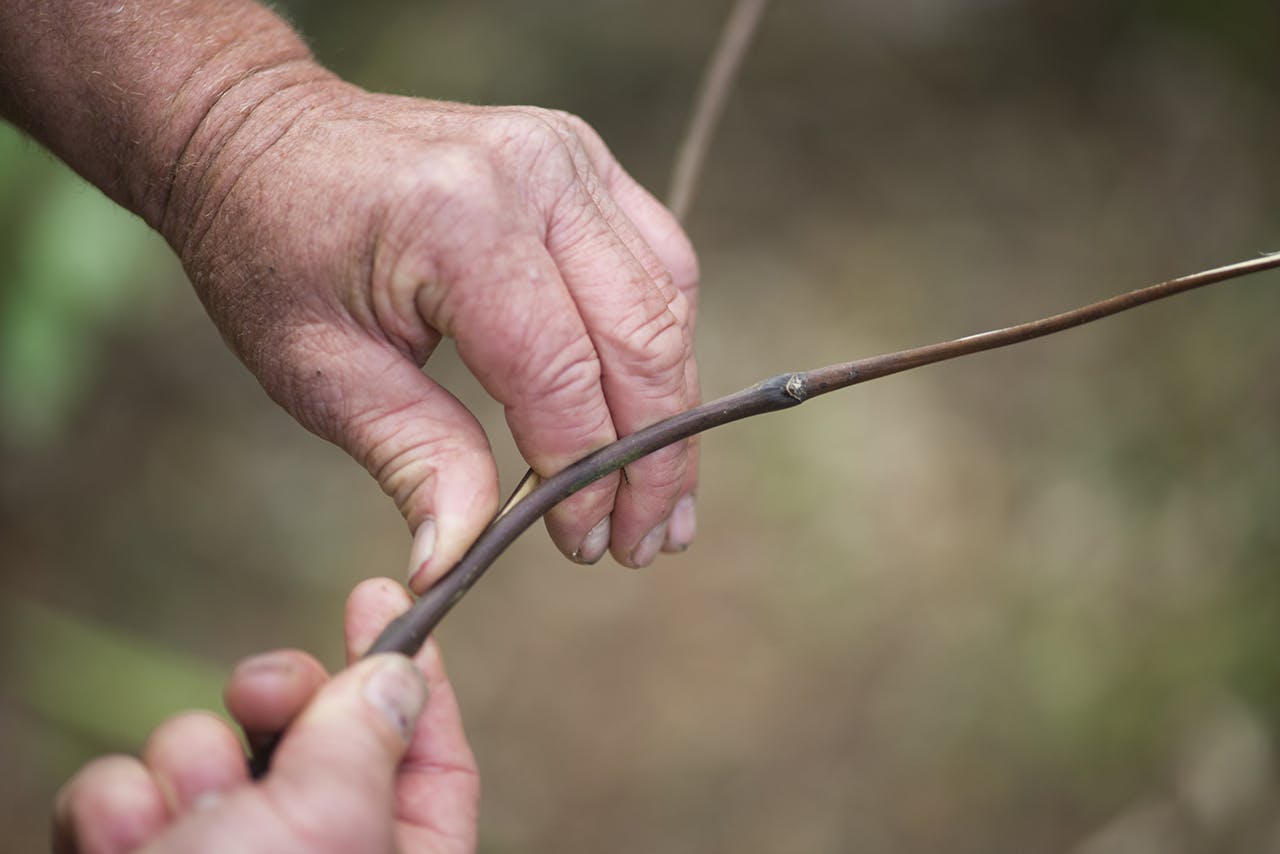
Split the supplejack into strips roughly 5mm wide.
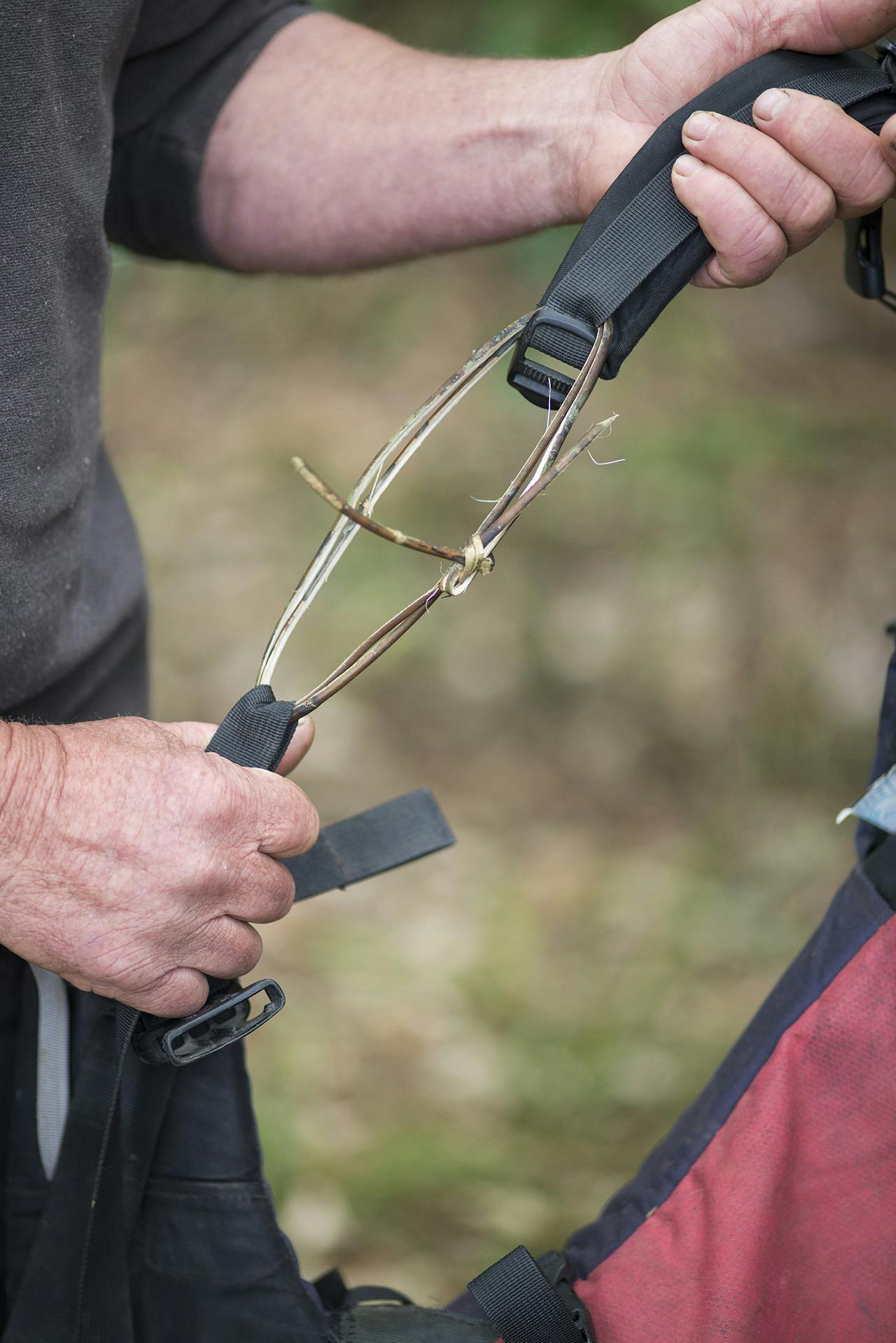
Thread the cordage so the load is supported by four strands. Tie the ends together with sheet bend or reef knot.
Note: The knot is the weakest link but having four strands greatly reduces the risk of snapping
Lancewood leaves
Lancewood is widespread in both mountainous and lowland forest. The skin of the leaf rib is very strong and it’s important to leave this intact throughout.
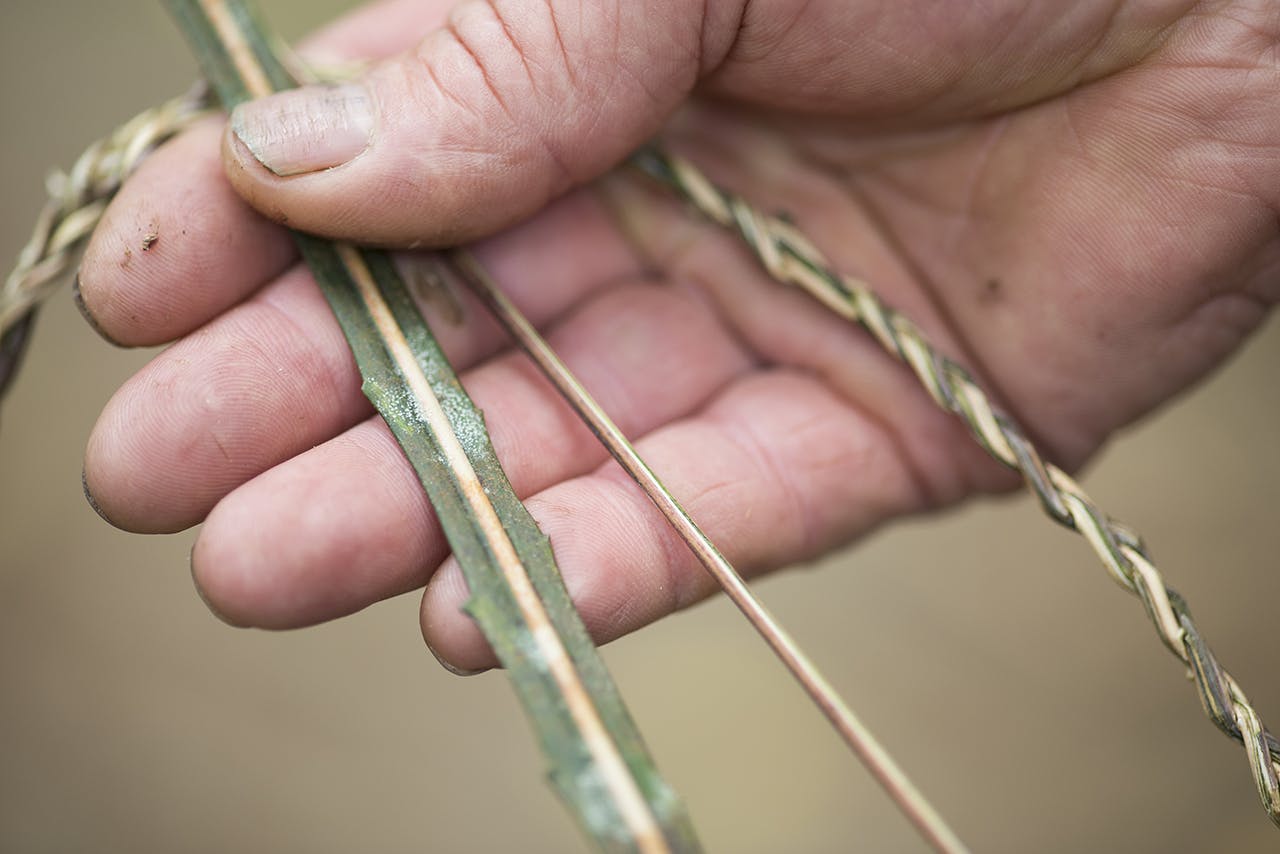 Remove the fleshy material from each leaf, leaving the rib with skin intact.
Remove the fleshy material from each leaf, leaving the rib with skin intact.
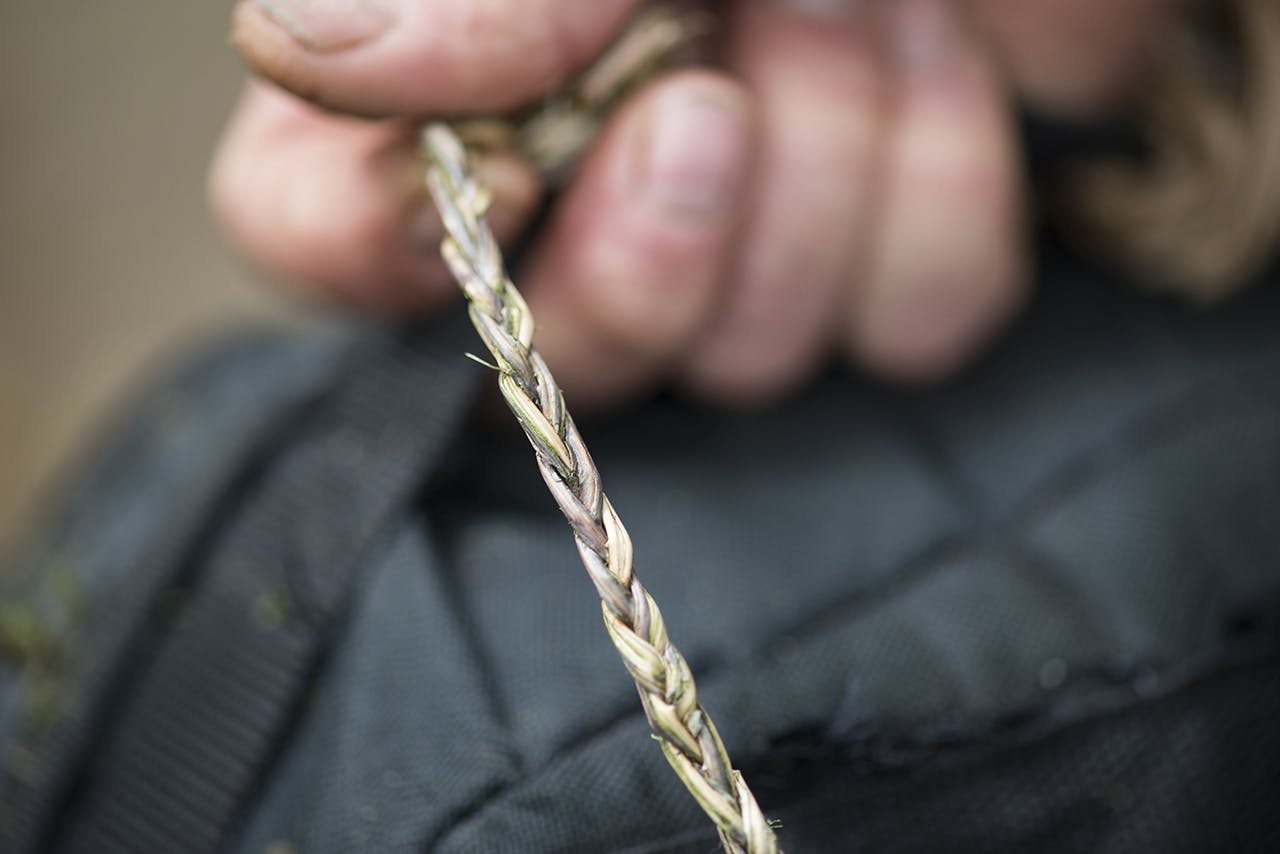 The common three-strand plait creates a long strong strap from short sections of leaf.
The common three-strand plait creates a long strong strap from short sections of leaf.
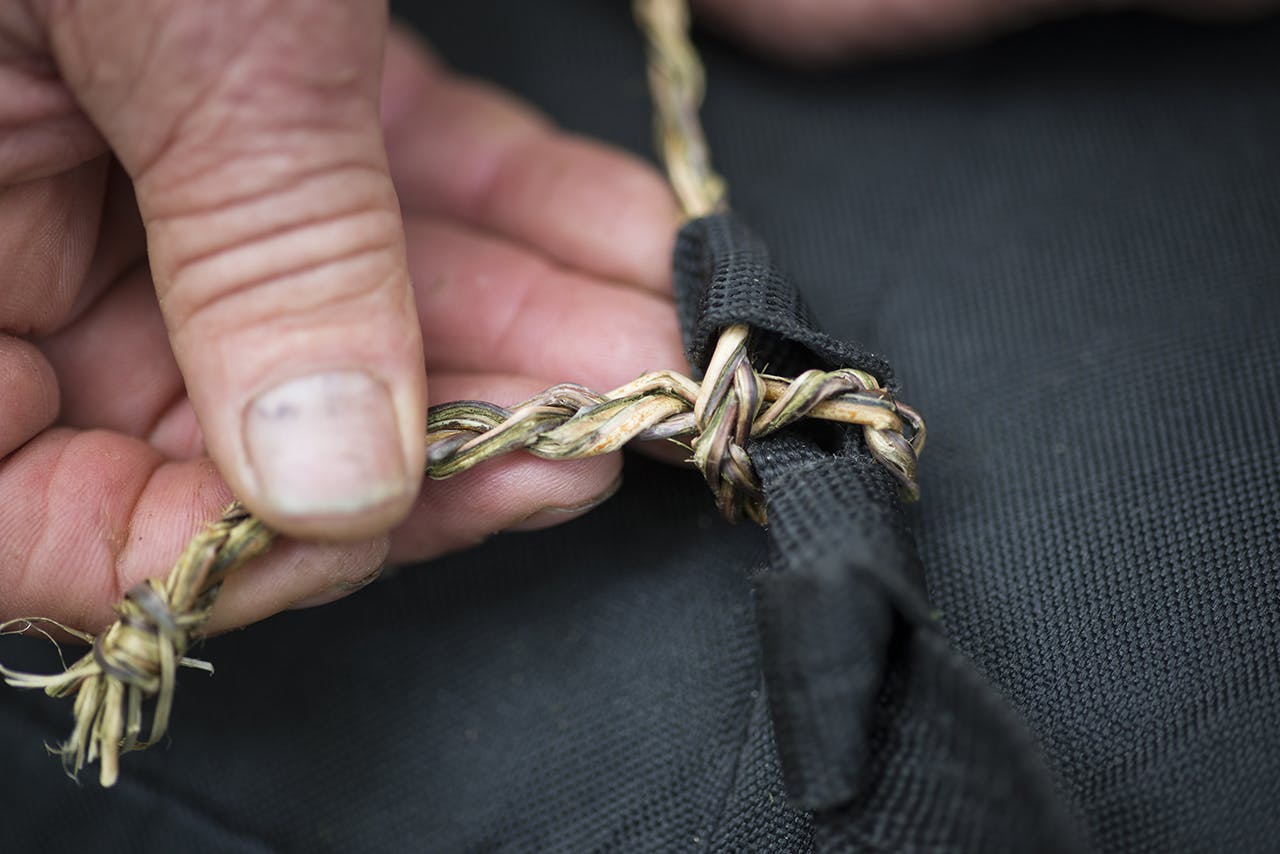 Tie to the pack using a knot that requires as little cord as possible to minimize the amount of plaiting required.
Tie to the pack using a knot that requires as little cord as possible to minimize the amount of plaiting required.






